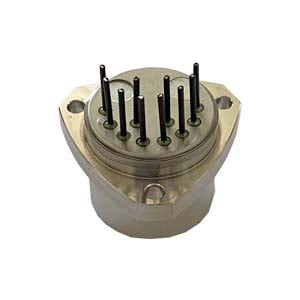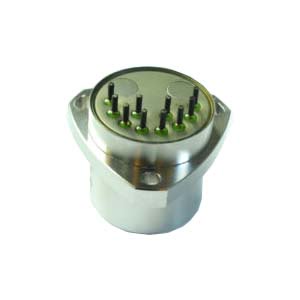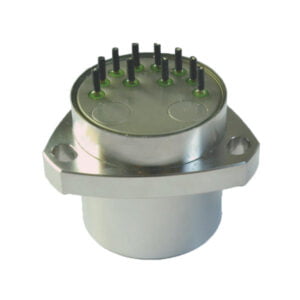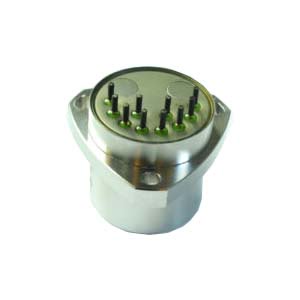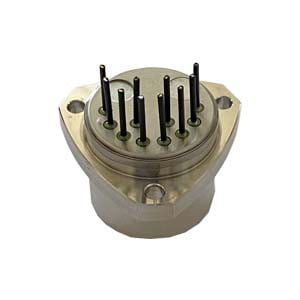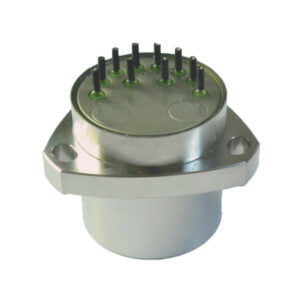Accelerometer is an instrument that uses Newton's second law (Law of inertia) for measuring the acceleration of the carrier line. The accelerometer is one of the first aircraft instruments to be used for measuring aircraft overload. Accelerometer consists of test quality (also known as sensitive mass), support, potentiometer, spring, damper and shell. Accelerometer is commonly used to monitor engine failures and fatigue damage of aircraft structures.The performance levels of different kinds of inertial accelerometers can be divided into navigation level, tactical level and consumer level.
Development of quartz accelerometers
Accelerometers originated in the 1940s, many new accelerometers appeared in the 1950s, and further improved in miniaturization, low cost, multi-function and high stability in the 1960s, MEMS accelerometers were born and became a technological development trend in the late 1970s, and quantum accelerometers began to be developed in the early 21st century. Become a representative of the future ultra-high precision accelerometer.
Application characteristics
The accelerometer is an important part of the inertial measurement unit (IMU), and together with the gyroscope determines the accuracy of more than 90% of the inertial navigation system, its cost, size, weight and power consumption characteristics on the inertial navigation system (INS) application field also has a greater impact, different application fields have different requirements for the use of the accelerometer.
In the flight control system, accelerometer is an important dynamic characteristic correction element.In inertial navigation system, the high precision accelerometer is one of the most basic sensitive components.The accelerometer in different use situations is different in performance. The high precision inertial navigation system requires the accelerometer to have a resolution of 0.001g, but the range is not large. An accelerometer that measures an aircraft's overload may require a range of 10g, while the accuracy is not high.For example, ER-QA-03A has bias repeatability of 10-50μg, scale factor repeatability of 15-50 PPM and Class II non-linearity repeatability of 10-30μg/g2 with a resolution of 5μg, so it is a good choice for flight control systems.
In the field of oil and gas drilling, the complex formation structure and the continuous upgrading of drilling technology put forward higher requirements for drilling tools. When measuring the attitude parameters of the steering drilling tool, the tool rotation, near-bit vibration and downhole high temperature and pressure will seriously affect the measurement accuracy of the tool attitude parameters. In order to better overcome these factors to obtain accurate measurement data information, ER-QA-03D can not only meet the temperature environment of -40℃ -180 ℃, anti-shock is 500-1000g 0.5ms, but also bias repeatability has 50μg - 250μg .
Key technology
Flexible bracing
The function of flexible support is to convert the change of input acceleration into the change of vibration force of the beam, and then into the change of output frequency. Generally, quartz materials with good strength, high fatigue strength, non-magnetic and good processing ability are used. The design of flexible support combined with the process can be used flat bridge type or arc type. As the key parts of quartz vibration beam accelerometer, the thickness, stiffness and symmetry of flexible joint machining have an impact on the accuracy of the instrument.
Temperature compensation
Temperature is an important aspect that affects the accuracy of quartz accelerometer. The fluctuation of the operating temperature inside the inertial device and the heat source around the shell will cause the error of the output data. The thermal expansion and contraction of the material will deform the structural parts of the accelerometer, and the temperature change will also cause certain changes in the physical parameters of various materials inside the device. The change of the magnetic properties of the torquer will also directly affect the measurement accuracy of the accelerometer. Therefore, through the technology of temperature compensation, the accuracy of the accelerometer can be improved to a certain extent.
Through the above content, we have a preliminary understanding of the related knowledge of the accelerometer other information, for more information, please feel free to contact info@ericcointernational.com
More Technical Questions
1.What are the Advantages and Disadvantages of Quartz Accelerometers?
2.What is Sensitivity and Measurement Range in Quartz Accelerometer?
3.Quartz Accelerometer VS MEMS Accelerometer
4.Why do we Need Accelerometer?
5.What Effect Does Temperature Have on Quartz Flexible Accelerometer?
6.Multi-Dimensional Understanding of High Precision Quartz Accelerometer
Products in Article

